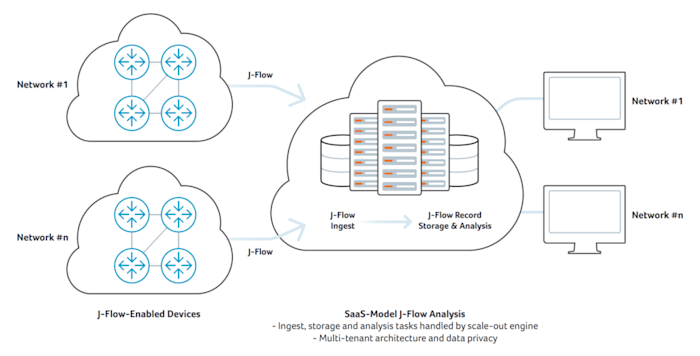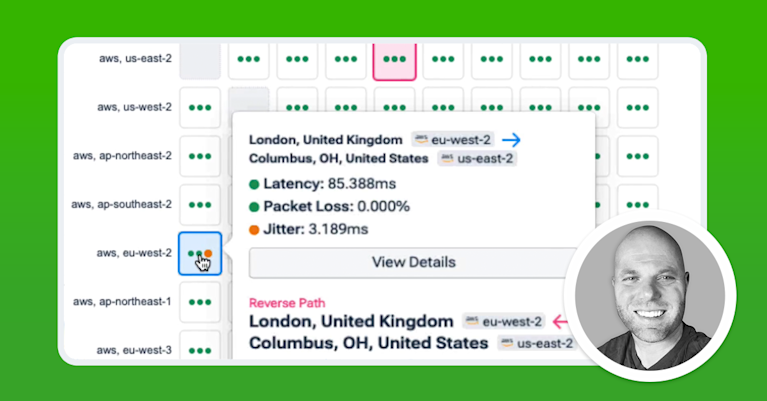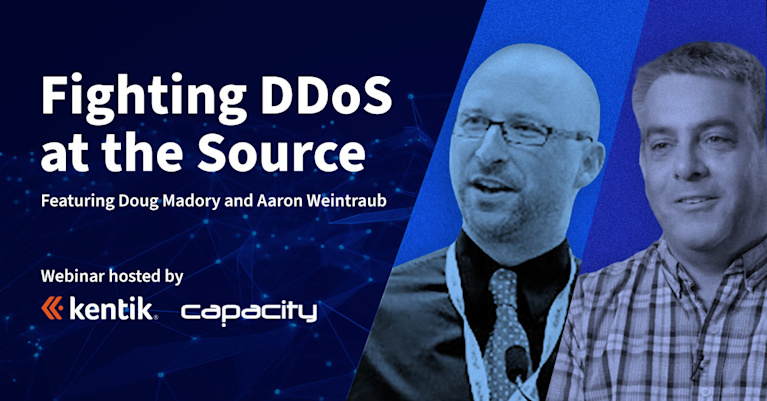SaaS J-Flow Analysis
Overview of SaaS J-Flow Analysis
The market has embraced SaaS as a delivery model for advanced products and capabilities and its now possible to apply this cost effective approach to network traffic visibility and analytics solutions. J-Flow analysis fits very well into a SaaS deployment model and it scales on-demand for enterprises, web service providers, and service providers of all sizes.
SaaS J-Flow analysis is deployed in a public cloud. Enterprises, web services companies, and service providers can readily export J-Flow data in a secure connection to a multi-tenant, cloud-based J-Flow analysis platform. A key benefit to multi-tenant SaaS approaches to J-Flow analysis is that users an go from registration to production use of powerful analysis capabilities in tens of minutes with no hardware required. This freedom from capital and related operations costs, and the fast time to value is highly attractive to IT management.
Operator personnel can utilize web-based analytical tools to monitor their networks and perform in-depth J-Flow.
J-Flow Analysis offers operators insight to overcome many common challenges in managing today’s complex network infrastructure:
- Network Planning and Analysis: J-Flow data provides key information for sophisticated analysis to optimize both strategic network planning as well as tactical network engineering decisions, minimizing the total cost of network operations while maximizing network performance, capacity and reliability.
- Network Monitoring: J-Flow data enables extensive near real-time network monitoring capabilities. Flow-based analysis techniques may be utilized to visualize traffic patterns as they happen enabling problem detection, efficient troubleshooting, and rapid problem resolution.
- Application Monitoring and Profiling: J-Flow data enables network managers to gain a detailed, time-based, view of application usage over the network.
- User Monitoring and Profiling: J-Flow data enables network operators to gain detailed understanding of customer/user utilization of network and application resources. This information may then be utilized to efficiently plan and allocate network resources application as well as to detect and resolve potential security and policy violations.

Benefits of SaaS-Based J-Flow Analysis
The primary benefits for operators utilizing SaaS-based J-Flow analysis are:
- The cloud-based SaaS model cost effectively scales to meet volume and data retention needs from early stage network deployments through full, large-scale network coverage as network capacities increase.
- Ensures “day 0” time to value by eliminating the need for hardware, and provides instant compatibility and integration with J-Flow-enabled devices from many different network equipment providers.
- Avoids investing in on-premises J-Flow analysis capabilities that become obsolete as back-end technology and methods change.
- Achieves real-time network visibility for real-time problem resolution.
- Eliminates capital and related operations investments such as space, power, cooling and staffing required to maintain hardware and software.
This last benefit is a key reason for operators to utilize a SaaS-based J-Flow Analysis solution versus building one in-house. An in-house deployment results in up-front investments and continuing, long-term resource allocations that can skew long-term total cost of ownership (TCO) higher than a SaaS-based service. Much of the internal build cost equation involves deployment, configuration, and ongoing maintenance of the software performed by internal staff along with the cost of hardware to deploy it. Also, a SaaS-based sflow Analysis environment is inherently scaled-out versus an in-house effort from the moment it is turned up, eliminating unforeseen capital spending or poor analysis performance.
Operator personnel can monitor their network using a SaaS-based J-Flow service can typically configure a client customized user interface that provides multiple viewing mechanisms for filtering and grouping data as well as setting up alerts. This is critical in large networks, where identifying the root cause of an application performance issue, security problem or outage is a complex, multi-step, multi-person process that requires isolation of specific variables.
Kentik is the first to create a purpose-built big data, SaaS platform for J-Flow analysis. Kentik’s commercially-proven J-Flow SaaS analysis environment ingests tens of billions of flow records per day. Kentik SaaS-based customers can leverage the power of a scale-out analysis engine, allowing them to perform multi-dimensional, ad-hoc traffic analyses and get answers in a few seconds. Kentik also supports flexible, network-wide DDoS and anomaly detection, network planning and intuitive BGP peering analytics visualizations.
More Reading
To learn more about the trade-offs of SaaS versus traditional NetFlow, sFlow, IPFIX, and J-Flow analysis solutions, see Jim Frey’s blog post:
The Stirring Simplicity of SaaS for Network Visibility
To learn more about Kentik’s SaaS Big Data J-Flow analysis, network performance monitoring and DDoS protection solution, visit the Kentik Detect product page.


